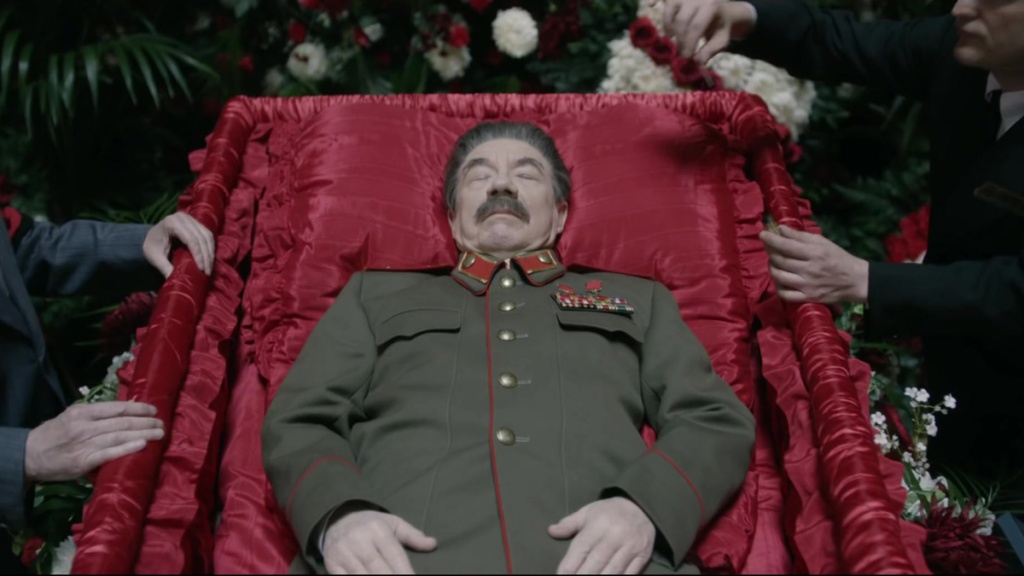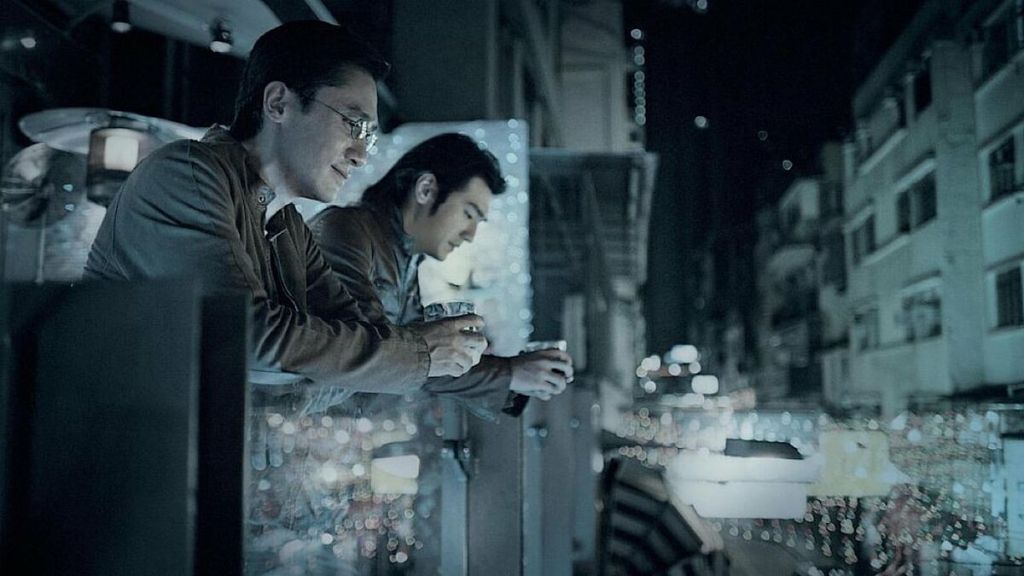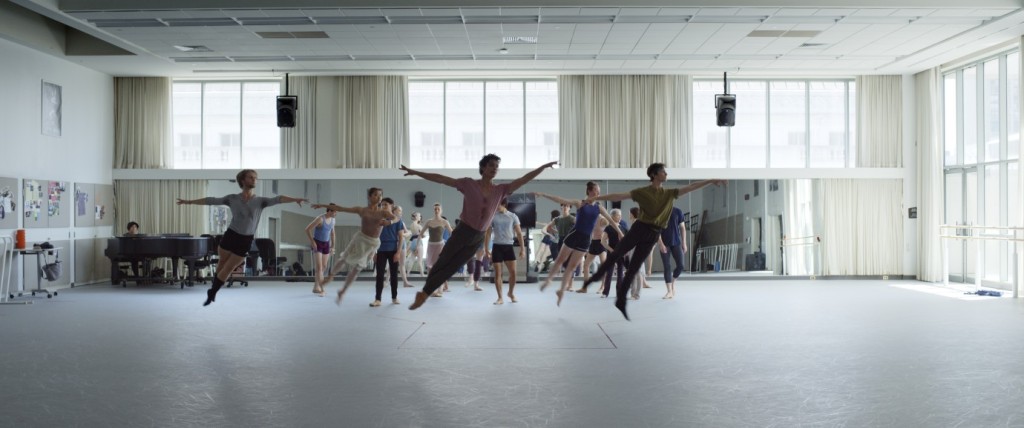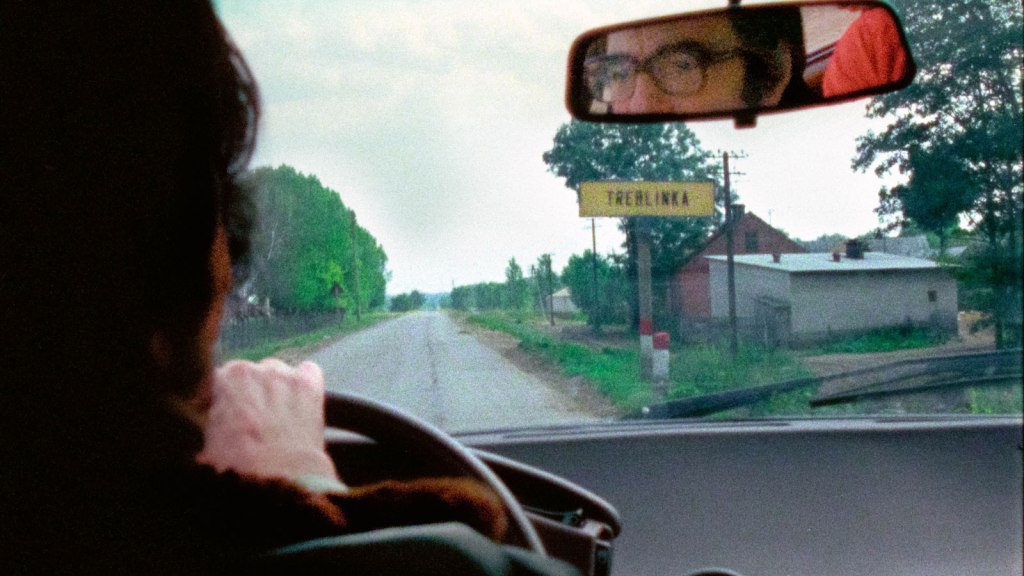Writer/director Armando Iannucci created a political satire for all time with his BBC television series The Thick of It and its subsequent film adaptation In the Loop (2009). Eight years later he applied his farcical lens to Soviet history with The Death of Stalin (2017), and created something as equally impressive. It is possible more impressive, in fact, as this satire bares much sharper teeth.
In 1953 Moscow, dictator Josef Stalin (Adrian McLaughlin) rules the Soviet Union with an iron fist. Imprisonments, banishments, and political killings are commonplace. When Stalin suffers an unexpected cerebral haemorrhage and dies, his central committee – including Nikita Khrushchev (Steve Buscemi), Lavrenti Beria (Simon Russell-Beale), and Georgy Malenkov (Jeffrey Tambor) – collapses into brinkmanship, conspiracy, and political chaos.
The most striking element of The Death of Stalin is that nobody is speaking with a feigned Russian accent. In most cases – such as with Russell-Beale and Buscemi – actors speak using their natural accents. In the case of Michael Palin – here playing original Bolshevik Vyacheslav Molotov – using his natural Sheffield accident comes as something of a delightful surprise. It isn’t simply an entertaining device either, since it entirely sidesteps any distractions caused by which actors can put on a convincing Russian accent and which cannot. It is wonderfully Brechtian in its simplicity. It also helps the audience make better sense of precisely what is going on, and who each of the key players are.
The performances are, across the board, outstanding, and I suspect it’s a matter of taste over which characters emerge as audience favourites. Buscemi is perfectly cast as the weary, cynical Khrushchev. Jason Isaacs makes a superb impression midway through the film as Field Marshal Georgy Zhukov, the head of the Soviet army. While the film does lack in prominent female roles – partly a consequence of the real male politicians involved – Andrea Riseborough is noteworthy as Stalin’s daughter Svetlana, as is Olga Kurylenko as the rebellious pianist Maria Yudina.
In the end, the satire of The Death of Stalin feels markedly different to the satire of Iannucci’s The Thick of It and In the Loop. Those productions were first and foremost comedies, using fictional characters to mock the petty bureaucracy and ludicrous mishaps of modern-day British politics. The Death of Stalin adapts actual history, and it is an unpleasant, violent piece of it. Iannucci uses satire in a much broader sense here: not simply as a style of comedy, but as a literary means of exaggeration, irony, and ridicule to criticise the bloody violence of Stalinist Russia. By film’s end, the political manoeuvring, petty bickering, and brinkmanship has fostered a high body count. The characters have not changed, but the jokes suddenly do not feel as funny. Instead it all feels very bleak, and appalling, and horrifically absurd. The effect is absolutely superb.
The film is absolutely superb.





Leave a comment